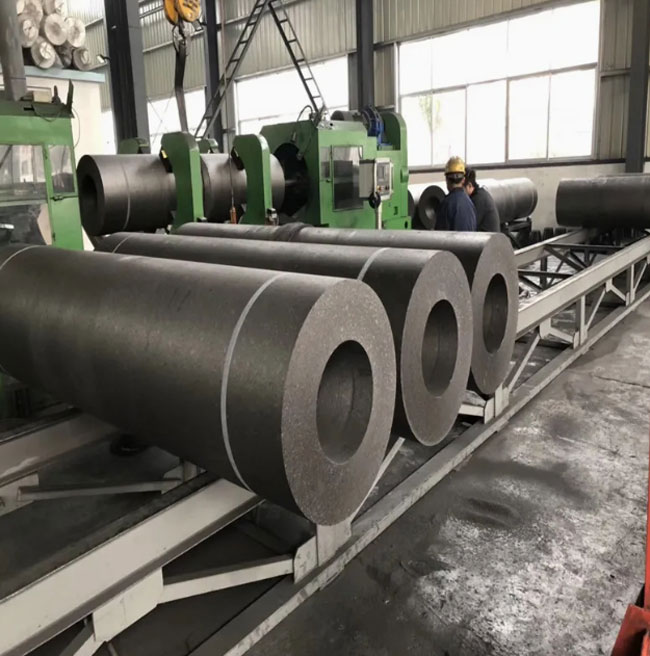
Graphite Electrode Reliability and Durability are critical factors for success in steel production, as low-quality electrodes can reduce production rates and increase consumption of energy. Graphite electrodes are the most important component of electric-arc furnace (EAF) steel production and account for a significant portion of steel mill costs. High-quality electrodes are more durable and have a longer service life. They also reduce energy consumption.
Graphite electrodes are incredibly strong, despite the fact that they're small. They have the capability to handle considerable thermal and electricity loads. The electrodes are able to handle the harsh industrial environments where they are used. For example, metal smelting, chemical processing and other industries with constantly changing temperatures. Additionally, unlike many other metals, carbon is extremely heat stable and resists oxidation at elevated temperatures. This allows the electrodes to be used indefinitely without melting or deterioration.
The Graphite Electrode market is global in nature, with Asia-Pacific leading the demand due to the region's massive steel industries. North America and Europe, where demand is closely tied to steel production in the region, are also significant markets. The emerging regions of Latin America and Africa are smaller, but their share could grow as they modernize their EAF capacity.
Pricing for the Graphite Electrode joint is highly volatile, often influenced by both global economic cycles and raw material prices. Graphite Electrode costs rise when steel mills compete to obtain the required supplies during times of robust steel production. Graphite Electrode prices fall when global demand decreases or production capacity rises. The availability of raw material such as needle coal and coal tar pitches, which are necessary for the production graphite electrodes, can also affect prices.
Other than its strength and durability graphite also has other properties which make it a perfect material for electrode production. Graphite, for example, is chemically inert. This means that it doesn't react with acids and bases. It can therefore be used in corrosive environments such as metal smelting or other processes. It prevents the electrodes from melting or deteriorating during the electrolysis, and also keeps them free of contamination.
Graphite's thermal stability is another important property, particularly for applications like metal smelting. The electrodes must be able to withstand high temperatures without melting or oxidizing, and this is a critical factor in ensuring continuous production. The Graphite Electrode has a high thermal conductivity, meaning that it is able to conduct electricity effectively even at elevated temperature.
The Graphite-Electrode industry is striving to improve its sustainability by optimizing processes at high temperatures that are used in the production of electrodes. They also source raw materials responsibly. Also, electrodes can easily be recycled or repurposed, which will reduce waste and the need for new materials.

Write a Message